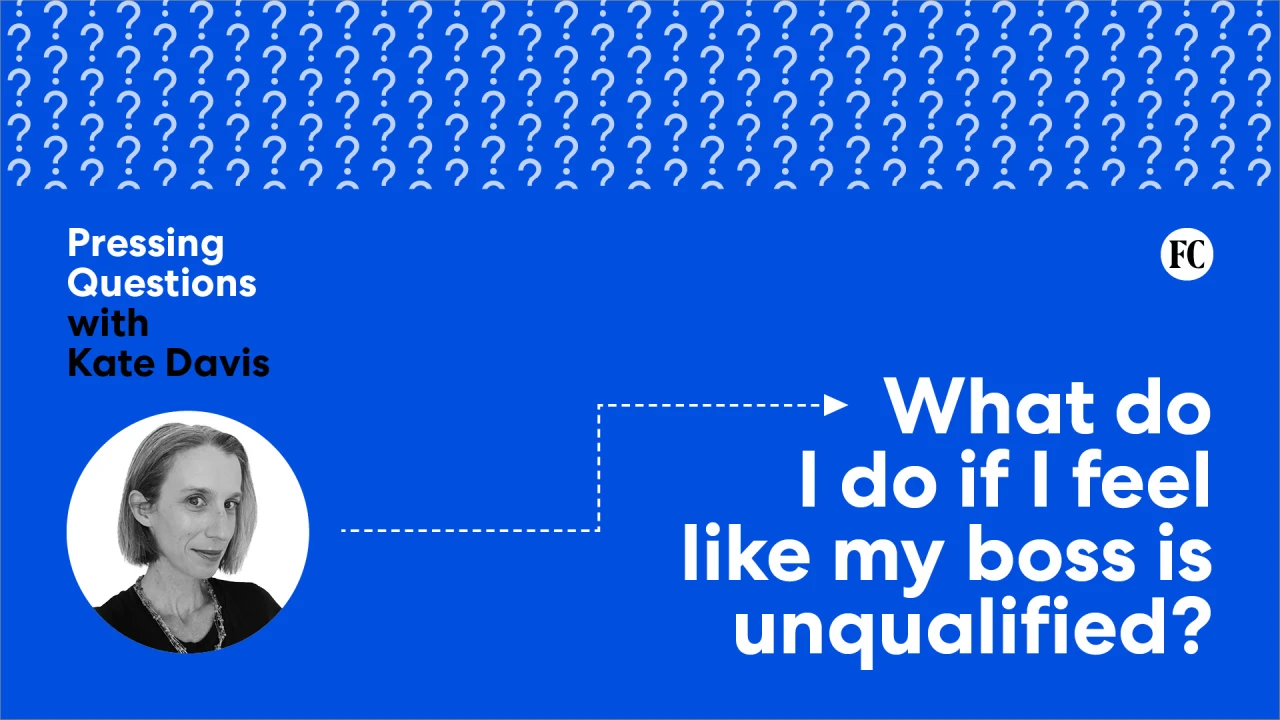Understanding POS Meaning in Retail for Beginners

Grasping the meaning of Point of Sale (POS) in retail is essential for anyone starting in the industry. A POS system isn’t just a cash register; it’s an all-encompassing tool that combines hardware and software to facilitate sales transactions, manage inventory, and track customer accounts. With various types of POS systems available, knowing how to operate them effectively can greatly improve your retail experience. So, what should you consider when choosing the right POS system for your needs?
Key Takeaways

- POS stands for Point of Sale, the location where transactions and payments take place in retail settings.
- It integrates hardware and software for managing sales, inventory, and customer accounts effectively.
- POS systems automate transactions, reducing processing time and enhancing customer experience with various payment options.
- They provide valuable sales reports, aiding in inventory tracking and decision-making for businesses.
- Different types of POS systems cater to specific needs, including retail, restaurant, mobile, and small business solutions.
What Is POS?

In the retail world, the term “Point of Sale” (POS) refers to the specific location where transactions occur and payments are processed. The significance POS extends beyond just a physical spot; it encompasses the entire system that facilitates these transactions.
A POS system integrates hardware and software to manage sales, track inventory, and handle customer accounts, streamlining the retail experience. Typically, it includes components like computers or tablets, barcode scanners, receipt printers, and cash drawers.
Why You Need a POS System

A POS system plays a crucial role in modern retail operations, offering a range of functionalities that considerably improve efficiency and accuracy.
By automating processes, it helps reduce human error, speed up transactions, and streamline operations.
Here are some key reasons why you need a POS system:
- Automates sales processing: This reduces the time spent on transactions.
- Enhances customer experience: Accept various payment methods, ensuring convenience.
- Provides valuable insights: Generate sales reports for tracking popular items and stock levels.
- Increases profitability: Lower administrative costs and improve operational efficiency.
Types of POS Systems

When exploring the various types of POS systems available, you’ll find that each is customized to meet the unique needs of different retail environments.
Retail POS systems efficiently manage inventory, sales, and customer accounts, crucial for brick-and-mortar stores.
Restaurant POS systems focus on optimizing order management and kitchen communication, helping staff handle food orders and table reservations smoothly.
For businesses on the go, mobile POS systems operate on smartphones or tablets, with 54% of businesses utilizing them in 2020.
Small business POS systems offer affordable solutions designed for startups and smaller retailers, enhancing sales management and payment processing.
Specialized POS systems, like those designed for nail salons, help track revenue and expenditures specific to the beauty industry, ensuring effective financial management.
How to Operate a POS System

To operate a POS system, you’ll start by logging in with your unique user ID and password, making sure you have the right permissions for your role.
Once logged in, processing a sale is straightforward; just scan the product’s barcode or enter the price manually, and the system will calculate the total automatically.
You can accept various payment methods, including cash, credit/debit cards, and mobile payments, ensuring secure transactions for your customers.
Logging In Process
Logging in to a POS system is crucial for maintaining security and guaranteeing that only authorized personnel can access sensitive data. To begin, you’ll typically enter your unique user ID and password, or use biometric methods for secure access. Multi-factor authentication may likewise be required, adding an extra layer of protection.
Once logged in, you can:
- Process sales transactions swiftly,
- Manage inventory effectively,
- Generate customized reports based on your permissions,
- Log out after each session to prevent unauthorized access.
Regularly updating passwords and monitoring user activity will improve your system’s security. By following these steps, you guarantee a secure and efficient operation within the POS environment, safeguarding both your business and customer information.
Payment Methods Accepted
A modern POS system accepts various payment methods, making transactions more convenient for customers and enhancing the overall shopping experience.
You can process payments through cash, credit or debit cards, mobile payments, and gift cards, providing flexibility during checkout. Card payments are completed by swiping, inserting, or tapping, with EMV chip technology enhancing security and reducing fraud risks.
Mobile payment options like Apple Pay and Google Wallet allow quick, contactless transactions, streamlining the checkout process.
Furthermore, the integration of payment processing within POS systems enables real-time transaction logging, assisting with inventory management and financial reporting.
Benefits of Using a POS System

Implementing a POS system offers numerous benefits that can greatly improve retail operations. By automating sales transactions, you can reduce human error and speed up the checkout process, which boosts operational efficiency.
Furthermore, real-time insights into sales data and inventory levels allow you to make informed decisions about stock management.
Here are some key benefits of using a POS system:
- Improved Customer Experience: Offers various payment options for convenience.
- Enhanced Inventory Management: Helps optimize stock levels based on real-time data.
- Tailored Marketing Efforts: Tracks customer behavior for personalized promotions.
- Increased Profitability: Streamlines operations and reduces administrative costs.
Choosing the Right POS System

Selecting the right POS system is crucial for optimizing your retail operations and guaranteeing long-term success.
First, consider your specific business needs, such as transaction volume and hardware requirements. Verify the system integrates smoothly with your existing tools, like accounting software or eCommerce platforms. Assess the ease of use; a user-friendly interface can reduce onboarding time and boost efficiency.
Next, evaluate scalability to support future growth, confirming it can handle increasing sales and additional features. Don’t forget to review the costs, including upfront hardware, subscription fees, and transaction charges, to stay within budget.
Finally, research features like inventory management, customer relationship management, and reporting capabilities to align with your operational goals and improve customer service.
Common Challenges With POS Systems

Though adopting a new POS system can streamline your retail operations, several common challenges may arise during the changeover.
First, integration issues can occur if your existing software or hardware doesn’t connect smoothly with the new system, leading to disruptions.
User training is another hurdle, as staff might struggle with new interfaces, affecting transaction processing and customer service.
You should likewise be aware of the risk of system downtime or technical glitches, which can result in lost sales, especially during peak hours.
Furthermore, data security concerns persist, considering that POS systems are frequent targets for cyberattacks.
- Integration compatibility with existing systems
- Staff training on new functionalities
- Risks of system downtime
- Data security vulnerabilities
Future of POS Systems

How will the evolution of POS systems reshape retail operations in the coming years?
Future POS systems will emphasize adaptability and intelligence, integrating AI and machine learning for personalized customer experiences and automated decision-making.
Cloud-based solutions are set to dominate, allowing for scalability and real-time data access, which improves collaboration across multiple locations.
As consumer preferences shift, expect over 20% of transactions to be contactless by 2025, driven by the rise of mobile wallets and NFC technology.
Advanced analytics will provide deeper insights into customer behavior and sales trends, enabling data-driven decisions.
Furthermore, security will advance with biometric authentication and end-to-end encryption, protecting customer data and reducing fraud risks as cyber threats increase.
Frequently Asked Questions

What Is POS in Simple Words?
POS, or Point of Sale, is where you complete transactions in a retail setting. It involves both hardware, like cash registers and barcode scanners, and software that processes sales.
When you purchase something, the POS system records the sale, manages inventory, and can generate reports on customer behavior.
Modern systems accept various payment methods, including cash and mobile payments, making transactions quicker and more convenient, enhancing the overall shopping experience.
How to Operate POS for Beginners?
To operate a POS system as a beginner, start by logging in with your user ID and password.
Next, process transactions by scanning barcodes or entering prices manually. Accept payments through cash, credit/debit cards, or mobile options.
After each sale, generate a receipt for the customer, either printed or emailed.
Regularly monitor your inventory using the POS to track stock levels, which will automatically update as you sell items, notifying you of low stock.
What Does POS Mean in Retail Sales?
In retail sales, POS stands for “Point of Sale.” It’s the location where customers finalize their purchases, using a system that combines hardware and software.
You can process transactions, track inventory, and accept various payment methods like cash, credit cards, and mobile payments.
A modern POS system as well generates sales reports, helping you analyze customer behavior and optimize stock levels.
Comprehending POS systems can greatly improve your business operations and customer experience.
What Are the Three Types of POS?
There are three main types of POS systems you should know about: Traditional POS, Mobile POS, and Cloud-Based POS.
Traditional POS systems are fixed setups ideal for high-volume sales.
Mobile POS allows transactions on portable devices, perfect for small businesses.
Cloud-Based POS offers remote management and automatic updates, making it ideal for businesses with multiple locations.
Each system supports various payment methods and includes features customized to specific industries, enhancing operational efficiency.
Conclusion

In conclusion, comprehending POS systems is essential for success in retail. By integrating sales, inventory management, and customer accounts into one platform, these systems streamline operations and improve customer experiences. As you explore different types of POS systems, consider factors such as your business size, payment options, and reporting needs. Being aware of common challenges can likewise help you navigate potential issues. Ultimately, a well-chosen POS system can greatly improve efficiency and profitability in your retail business.
Image Via Envato
This article, "Understanding POS Meaning in Retail for Beginners" was first published on Small Business Trends
What's Your Reaction?
 Like
0
Like
0
 Dislike
0
Dislike
0
 Love
0
Love
0
 Funny
0
Funny
0
 Angry
0
Angry
0
 Sad
0
Sad
0
 Wow
0
Wow
0















.jpg?width=1200&auto=webp&trim=108,28,234,686#)






































![Olesia Glants turns the dancefloor into a sanctuary with new single “Save Me” [Music Video]](https://earmilk.com/wp-content/uploads/2025/08/A-2-800x561.jpg)








































